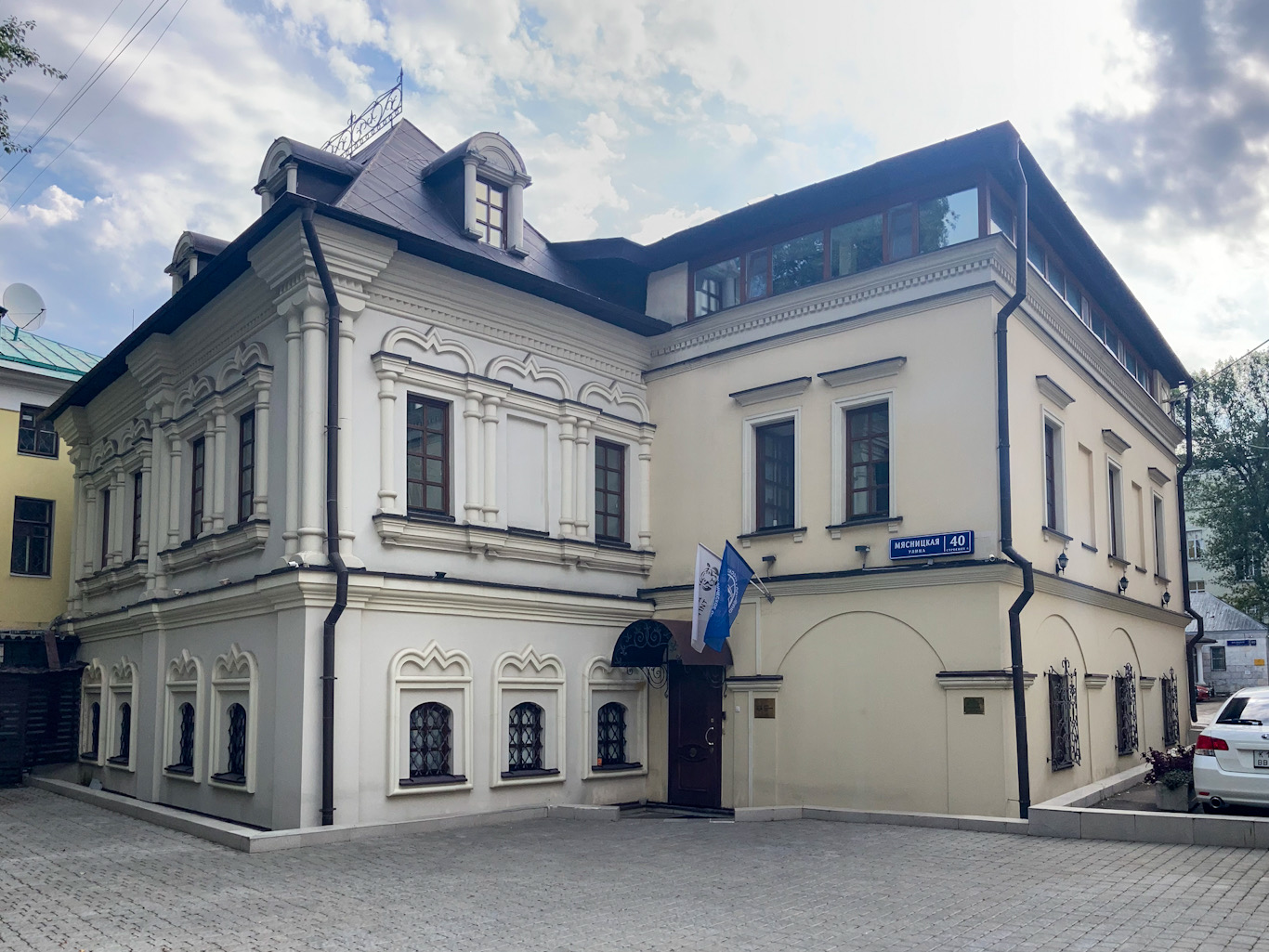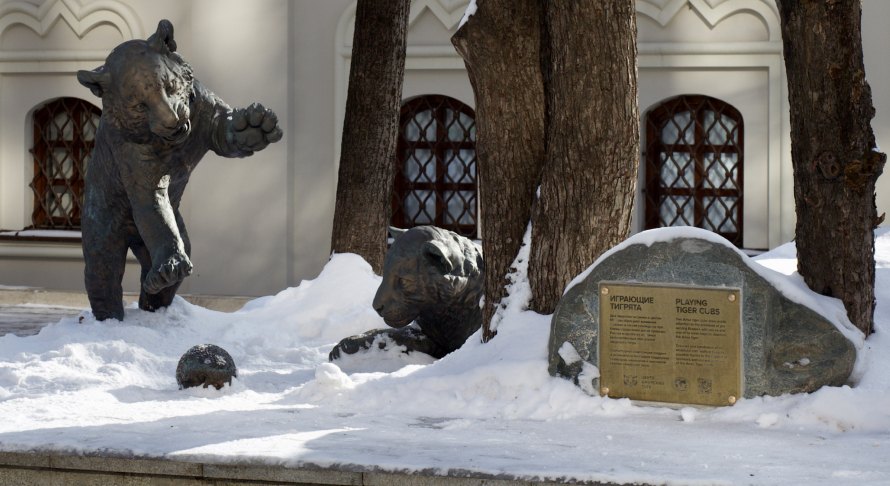All the numerous buildings of the current houses at No. 40 on Myasnitskaya Street once comprised two properties. The first of them (eastern), known since the beginning of the 18th century, belonged to a merchant, the owner of a silk factory, V.M. Evreinov. The second (western), larger one, was listed for the merchant-manufacturer I.M. Poluyaroslavtsev.
In the middle of the 18th century, both possessions were acquired by the owner of the Ural factories, the largest industrialist of that time, Nikita Akinfievich Demidov. Most of the buildings on the property were dilapidated, small, one-story. One of them has survived to this day, albeit in a greatly altered form. These are the Blumentrost Chambers (d. 40, p. 4), or, as they were also called, the Doctoral Corps.
Lavrenty Alferovich Blumentrost was a German doctor in the service of Tsar Alexei Mikhailovich. Both of his sons were also doctors at the royal court. Their chambers were built in the 17th century and reconstructed in the 19th century. In the 19th century, they became the property of the Imperial Moscow Post Office, which used the building as a pantry. The last alteration, which left almost no trace of the original facade, took place in 2000.
Text by Anastasia Solovieva


